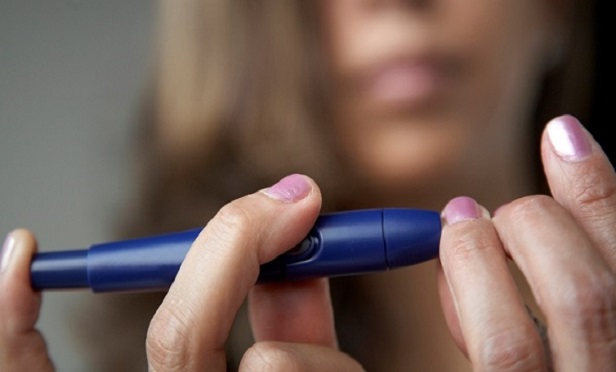
 (Photo: Thinkstock)
(Photo: Thinkstock)
During graduate school, Lacy Mason got insulin from elderly friends who had extra. When a friend's mother died and left behind a stockpile, she took that, too. Her mother-in-law, a nurse, salvaged samples and half-used vials from her hospital.
Mason used expired doses and stretched them longer than intended. Sometimes, she bought insulin from strangers online, in secretive Facebook groups where people sell or give away spare supplies.
As the Trump administration pledges to bring down America's high-and-rising drug prices, people like Mason live with the burden of costly medications. Trump officials have proposed ways to increase competition, press middlemen for transparency, and limit patients' costs in Medicare pharmacy plans.
Even if the plans work, officials say it will take time.
"It took decades to erect this very complex, interwoven system," said Health and Human Services Secretary Alex Azar, Trump's top health official, last week. "I don't want to over-promise that somehow on Monday there's radical changes. There's a deep commitment."
While debates over drug costs often focus on new therapies for cancer or rare diseases, the struggle to afford common medicines including insulin, asthma inhalers and antibiotics gets less attention.
"People are underinsured for access to medications that treat chronic illness," said Rena Conti, a health economist and associate professor at University of Chicago, meaning they're paying full price for drugs they must take regularly. Even for generic drugs, manufacturers can have patents on delivery mechanisms, such as the propellant in an inhaler, that limit competition, Conti said. "If there's no competition, then there's no pricing pressure."
Chronic Condition
Mason's struggle shows how insufficient coverage affects people with chronic ailments. Even with coupons, she said a one-month supply of the insulin she needs costs about $900 at the pharmacy. The price of the drug tripled between 2002 and 2013.
"This is what diabetics deal with every single day," she said. The online groups where she traded insulin sometimes included a couple of thousand other diabetics, Mason said.
In April 2011, toward the end of her senior year of high school in Orlando, Mason collapsed and woke up in a hospital bed following a month of weight loss, fatigue, and constant hunger and thirst. She learned she had type 1 diabetes. After five days, Mason was ready to be discharged, but couldn't go home without medication. Her family had no insurance. Mason told the nurse she'd just pay for it.
"She looked at me and kind of laughed, and said, 'I don't think you realize how expensive it is,'" Mason recalled.
Mason enrolled in Medicaid, which covered her until she turned 21. She stored enough insulin while she was covered to stretch halfway through a three-year graduate program in physical therapy at Mercer University in Atlanta. She stopped seeing her endocrinologist and rationed doses. She began performing at children's parties as a princess or clown to make money in case she needed medicine.
It was lonely and depressing, she said. Mason learned to manage her own blood sugar but sometimes it got too high or too low. Her professors noticed. Once she had to step out of a cadaver lab and sit in a closet for 15 minutes, shaking.
Now 24, Mason has a job as a physical therapist in Atlanta, but her health plan has a high deductible. She says she didn't realize it wouldn't cover her drug costs when she selected it.
"Honestly, I'm still paying as much as I was paying in school without health insurance," she said.



